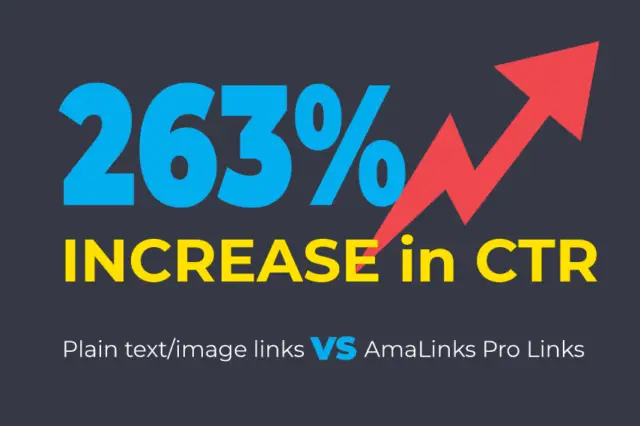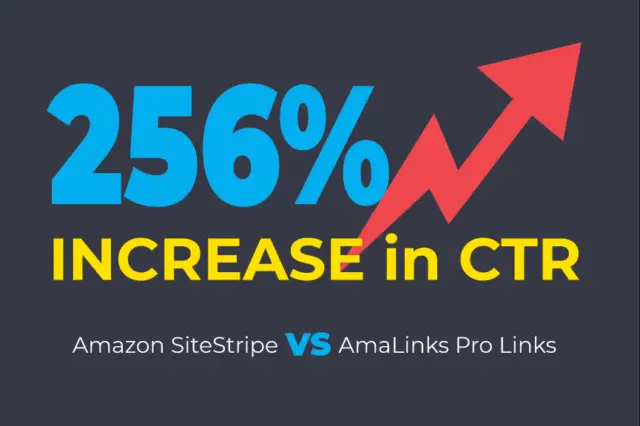
Learn about the TRANSPARENT affiliate program.
Transpa.rent is a portmanteau that marries the words “transparent” and “technology.” It embodies the fusion of transparency and the digital landscape, denoting a paradigm where technology acts as an enabler of greater openness and accountability. The concept transcends mere visibility of information; it involves the active use of technological tools to make data and processes more understandable, accessible, and traceable.
Transparency, as a concept, has deep historical roots in governance, accountability, and ethics. Its origins can be traced back to the principles of democracy, where open access to information was essential to holding authorities accountable. In the pre-digital era, transparency primarily relied on established norms, regulations, and disclosure mechanisms.
The advent of the digital age redefined the possibilities of transparency. As information became digitized and more readily available, the potential for both positive and negative impacts on transparency emerged. On one hand, digitalization allowed for greater dissemination of information, enabling wider audiences to access and scrutinize data. On the other hand, the digital realm also introduced complexities such as data privacy concerns, misinformation, and the need for new frameworks to manage and secure digital information.
The concept of transpa.rent emerged. It reflects the realization that traditional transparency mechanisms needed to be adapted and enhanced in the digital landscape. As organizations, governments, and individuals embraced digital tools and platforms, there arose a need to ensure that transparency was not lost but rather amplified in this new environment.
Components of Transpa.rent:
- Data Accessibility and Openness: Transpa.rent emphasizes the accessibility of data. It involves making information available in formats that are comprehensible to a diverse audience, thereby enabling informed decision-making. Digital platforms and technologies play a crucial role in providing easy access to relevant data.
- Accountability and Traceability: Beyond providing information, transpa.rent also focuses on traceability. It involves demonstrating the journey of data, resources, and decisions, allowing for accountability at every step. Blockchain technology, for instance, is being explored for its potential to create immutable and transparent records.
- Digital Ethics and Privacy: With increased data sharing comes the responsibility to protect privacy. Transpa.rent seeks to strike a balance between openness and privacy, ensuring that sensitive information is safeguarded while still allowing for transparency. This aspect has become especially important with the implementation of regulations like the General Data Protection Regulation (GDPR).
- Technological Innovations: Transpa.rent encourages the development of innovative tools and solutions that promote transparency. These may include data visualization techniques, AI-driven analytics, and real-time reporting systems that make complex information more understandable.
- Collaborative Governance: In the digital age, collaboration between governments, organizations, and citizens is crucial for effective governance. Transpa.rent envisions a participatory approach where stakeholders can collectively contribute to decision-making processes.
Transpa.rent holds the potential to foster trust, enhance accountability, and empower individuals. It can lead to more responsible corporate behavior, improved government services, and informed public discourse. However, the concept also faces several challenges.
- Information Overload: The sheer volume of digital data can overwhelm users, making it difficult to discern what is relevant and accurate. Ensuring meaningful access to information without causing information overload is a delicate balance.
- Digital Divide: Not everyone has equal access to technology or the internet, creating a digital divide that can hinder the realization of transpa.rent’s benefits for marginalized populations.
- Data Integrity: Ensuring the accuracy and integrity of digital data is crucial. As technology advances, there is a need to guard against data manipulation or cyberattacks that could compromise transparency.
- Regulatory Frameworks: Developing appropriate regulations to govern data sharing, privacy, and security while maintaining transparency is a complex task that requires international collaboration.
Transpa.rent represents a pivotal evolution in the concept of transparency. It signifies the fusion of traditional principles with cutting-edge technology, envisioning a world where openness is not only maintained but amplified in the digital landscape. While challenges persist, the concept’s potential to foster trust, accountability, and informed decision-making is significant. As society continues to navigate the complexities of the digital age, transpa.rent stands as a beacon, guiding the way toward a more open, accountable, and equitable future.

Miles Anthony Smith
Miles is a loving father of 3 adults, devoted husband of 24+ years, chief affiliate marketer at AmaLinks Pro®, author, entrepreneur, SEO consultant, keynote speaker, investor, & owner of businesses that generate affiliate + ad income (Loop King Laces, Why Stuff Sucks, & Kompelling Kars). He’s spent the past 3 decades growing revenues for other’s businesses as well as his own. Miles has an MBA from Oklahoma State and has been featured in Entrepreneur, the Brookings Institution, Wikipedia, GoDaddy, Search Engine Watch, Advertising Week, & Neil Patel.
For more information about this offer: View the TRANSPARENT homepage


